Memory of Currency貨幣の記憶
2018- (ongoing)
Pearl shells, 4K videos, inkjet prints
Production support: Seimei Tanaka, Takahiro Ishido / Yukino Kowaki / Keigo Yanagida (Hirota Site Museum), Space Art Tanegashima2020
In this series of works, INOMATA implants into pearl oysters tiny 3D portraits of people who appear on bank notes around the world, such as Queen Elizabeth II, George Washington, Mao Zedong, Karl Marx and Yukichi Fukuzawa. The oyster then uses this template to create mother-of-pearl versions of the portraits. The accompanying video shows the oyster shells sinking into the ocean. We can imagine them becoming “fossil currencies”, provoking reflections on the economic system in which we live.
Artist AKI INOMATA began producing her Memory of Currency series in 2018. This interdiscplinary project engages with fields such as anthropology and biology in an attempt to create what she describes as “fossils of currencies.” INOMATA’s practice explores different means of producing art through unpredictable collaboborations between humans and other animals. For this project, a type of pearl oyster joins the creative process as her significant other (in the sense used by Donna Haraway).
The artist creates small 3D portraits of human figures, then implants them into the oysters, which cover these templates with layers of pearl. Using this sort of biological transformation process, INOMATA creates pearls with human faces. Each face is a familiar historical figure—Karl Marx, Elizabeth II, George Washington, Mao Zedong, Yukichi Fukuzawa—chosen from the designs of coins and other forms of currency from around the world. Queen Elizabeth featured on the currency of the UK, which once had the largest colonial empire in history, so watching a video of her pearl face sinking to the ocean floor has implications from a post-colonial perspective. In addition to representing the demise of the framework of nation states, this video can be cynically interpreted as portraying the legacy of colonial empires disappearing to become part of the detritus on the sea bed.
From the perspective of the author’s research, INOMATA’s Memory of Currency is a fascinating project because it provides observations that are full of hints for contemplating the nation state at a deeper level. Benedict Anderson described the nation state as an “imagined community,” and the notion that a state is mediated by the imagination of its members is now accepted as general knowledge. Some of the clearest manifestations of the fiction embodied in the concept of nation state can be found in phenomena derived from money and currencies.
Interestingly, one of the events that initially inspired INOMATA to begin this project was the banking crisis in Europe trigged by developments in Cyprus in 2013. An international deal by Eurozone countries to bail out the Republic of Cyprus inposed a one-time tax on deposits in Cypriot banks, leading to mass protests by local people and by depositors, who rushed to withdraw money from banks and ATMs.
Money is essentially a system requiring trust in credit. Most contemporary currencies are based on the credit worthiness of the issuing state, with coins and banknotes often bearing images of august personages who symbolize that state. And if the state loses its credit worthiness, faith in its currency evaporates, resulting in scenes like those seen in Cyprus. Today, it is fair to say that the nation state is increasingly unable to function as the absolute framework that it once represented. Moreover, such dysfunction is occurring worldwide, rather than being a phenomenon that only affects certain regions.
It is increasingly clear that multinational companies having transnational organizations and global operations are becoming comprehensive frameworks that replace the nation state. The emergence of currencies backed by corporate credit rather than by a state is still a very recent memory. Nevertheless, the use of e-money has already become a familiar part of everyday life through purchases at convenience stores and other shops. The story of how many Cypriots used virtual currencies to protect their assets during the banking crisis hints at how this transformation is progressing. The foundation of the credit upon which currencies are built is rapidly shifting to the backing of global-scale companies that transcend the boundaries of individual nation states. The main players in this field are supranational communities and digital networks.
As one of the elements in Memory of Currency, INOMATA produced videos featuring shells that have formed pearl portraits of some of the individuals used to represent modern currencies, picturing the shells sinking to the sea bed. The way that these fossils of currencies slowly sink seems to hint at the dusk of the nation state concept as a framework for interpreting our world. Daisuke Takekawa gives a detailed exposition of the use of shells as money in his 2007 paper “Primitive money as a representation of externalized memories,” in which he describes shell money as one of the primitive forms of money that functioned as a means of externalizing the memories of a community before the modern period. INOMATA’s project transcends categorization into natural objects and manufactured objects, fusing currencies of the past and the present.
Consequently, as INOMATA herself points out, this work has the potential to become a fossil rediscovered by future people. Perhaps such a discovery will be made not by humans, but by some other existence. Moreover, the author sees even further potential in this project, rooted in speculation and the predictive nature of currencies. Historian E.H. Carr described history as “an unending dialog between the past and present,” with the future emerging from that dialog. AKI INOMATA’s Memory of Currency emerges from such a dialog concerning money. It stimulates the imagination, inducing contemporary viewers to think about the future of currency. Its rediscovery as a fossil is likely to occur far into the future.
(Text: Hiroki Yamamoto)
プロジェクト「貨幣の記憶」は、近代以前には貨幣としても使用された貝殻を現代の通貨と結びつけ「貨幣の化石」を作りだす試みです。真珠貝に福沢諭吉、エリザベス女王、ジョージ・ワシントンなど、諸国の通貨を象徴する人物像を型取った小さな核を挿入し、真珠質が核の表面を覆うことで人物の形の真珠が出来上がります。人が作り出したものではない自然の貝殻と人が作り出す通貨とが融合されることで、自然種と一体となった貨幣があらたに出現します。それは、未来の人類によって〈化石〉として再発見される可能性すら、私たちに予感させます。
2018年に最初に発表され現在まで継続中の《貨幣の記憶》は、作家であるAKI INOMATA自身の言葉を借りれば、「貨幣の化石」を生成しようとする、人類学や生物学の領域も横断する学際的なプロジェクトとして構想された。人間以外の生物との予測不可能なコラボレーションを通じた芸術作品の創造を多様な仕方で展開してきたINOMATAが、このプロジェクトにおいて「重要な他者」(ダナ・ハラウェイ)として制作のパートナーに迎えているのは、マベ貝という真珠貝の一種である。
この貝のなかに人物を模した小さな核を挿入すると、その核は貝殻の内部で真珠層に覆われる。このような生命的変容のプロセスを利用して、INOMATAは人間の顔をした真珠を生成していく。その顔ぶれには様々な国の貨幣や通貨のデザインに採用されている歴史上の人物——カール・マルクス、エリザベス女王、ジョージ・ワシントン、毛沢東、福沢諭吉——がズラリと並ぶ。後述するように、歴史上最大の植民地帝国を形成したイギリスで流通する貨幣に登場するエリザベス女王の顔をした真珠が海の底に沈んでいく映像は、ポストコロニアルな視点から眺めても興味深い。国家という枠組みの終焉と同時に、かつての植民地帝国の遺産も海の藻屑として消えていくようなシニカルな解釈の余地も残されている。
筆者の研究に関連する観点からコメントを加えると、INOMATAの《貨幣の記憶》は国民国家(ネーション・ステート)に関する思索の深化に対して示唆に富んだ洞察を提供する優れたプロジェクトである。ある国民国家がその構成員のイマジネーションに媒介された「想像の共同体」(ベネディクト・アンダーソン)であるという理解は、今や常識として受容されるほどに人口に膾炙するようになった。国民国家という概念のはらむこうした虚構性がもっとも鮮明に現出する場のひとつが、貨幣や通貨をめぐって継起する現象だ。
INOMATAがこのプロジェクトを始めるインスピレーション源となった出来事のひとつとして、2013年の「キプロス・ショック」と呼ばれる欧州での金融危機を挙げているという事実は注目に値する。金融支援の条件として国内の全預金に対して課税することをキプロスと、ユーロを主要な通貨として使用するユーロ圏のヨーロッパ諸国が合意したことに反発して、キプロス国民は大規模なデモを組織して抵抗を示した。同時に、キプロス国内の銀行やATMには預金を引き出すために人が殺到して大きなパニックが引き起こされた。
貨幣を「貨幣」ならしめている本質が「信用」に存することは、よく知られている。そして、現存する近代貨幣の大部分は国家に対する信用を基盤としている。それゆえ、ある国で流通する貨幣の表面には、その国を象徴する「偉人」が登場することが多いのだ。国への信頼が失墜したとき、貨幣に何が起こるのか——そのことを先述のキプロス・ショックという出来事は如実に表す。いずれにせよ、国民国家がますます絶対的な枠組みとして機能しなくなっているのは確実である。そして、こうした機能不全は局地的な事象ではなく全世界的に発生している。
国民国家に代わる包括的な枠組みとして、近年、国をまたいだトランスナショナルな組織やグローバルに事業を展開する多国籍企業の台頭が顕在化している。国の代わりに企業が信用を担保する貨幣の登場は、まだ私たちの記憶に新しいところだ。だが、コンビニで使える電子マネーなど、すでに日常生活に浸透しつつあるものでもある。キプロス・ショックに際して、少なくないキプロス国民が自らの資産を守るために仮想通貨を利用したことも示唆的な物語だ。貨幣を支える信用の基盤が、グローバルな規模で、国民国家から国を超越したものへと急速に移行しつつあるのだ。そこでは超国家的な共同体やデジタルのネットワークが主役となる。
INOMATAは、《貨幣の記憶》を構成する要素のひとつとして、近代以降に使用されている貨幣を象徴する人物たちの顔を造形した真珠が内包された貝が海の底へと沈んでいく様子を捉えた映像作品を制作した。ゆっくりと沈潜していく「貨幣の化石」が示すその様子は、まるで世界を解釈する枠組みとしての「国民国家」概念の黄昏を示唆しているようだ。貝殻は、竹川大介の論考「外在化された記憶表象としての原始貨幣」(2007年)などに詳しいが、近代以前は共同体の記憶を外在化するための装置として機能した「原始貨幣」のひとつであった。このプロジェクトでは、自然物と人工物という区分を越境して、過去と現在の「貨幣」が融合されているのだ。
それゆえ、INOMATA自身も期待を寄せるように、この作品は「未来の人類によって〈化石〉として再発見される可能性」に満ちている。もしかしたら、それを発見するのはもはや「人類」ではない別の存在かもしれない。だが、このプロジェクトはさらなるポテンシャルさえ有していると筆者は考える。そのポテンシャルは、思弁的な仕方で貨幣をめぐる未来を予感させることに起因する。E・H・カーが述べたように、歴史は過去と現在のあいだの絶え間ない対話である。その対話の先に未来が姿を現す。AKI INOMATAの《貨幣の記憶》は、貨幣をめぐるそうした対話を体現しており、現代の鑑賞者に貨幣の未来についての想像力を刺激する。この作品が「化石」として発見されるのは、まだまだ先のことになりそうだ。 (Text: Hiroki Yamamoto)
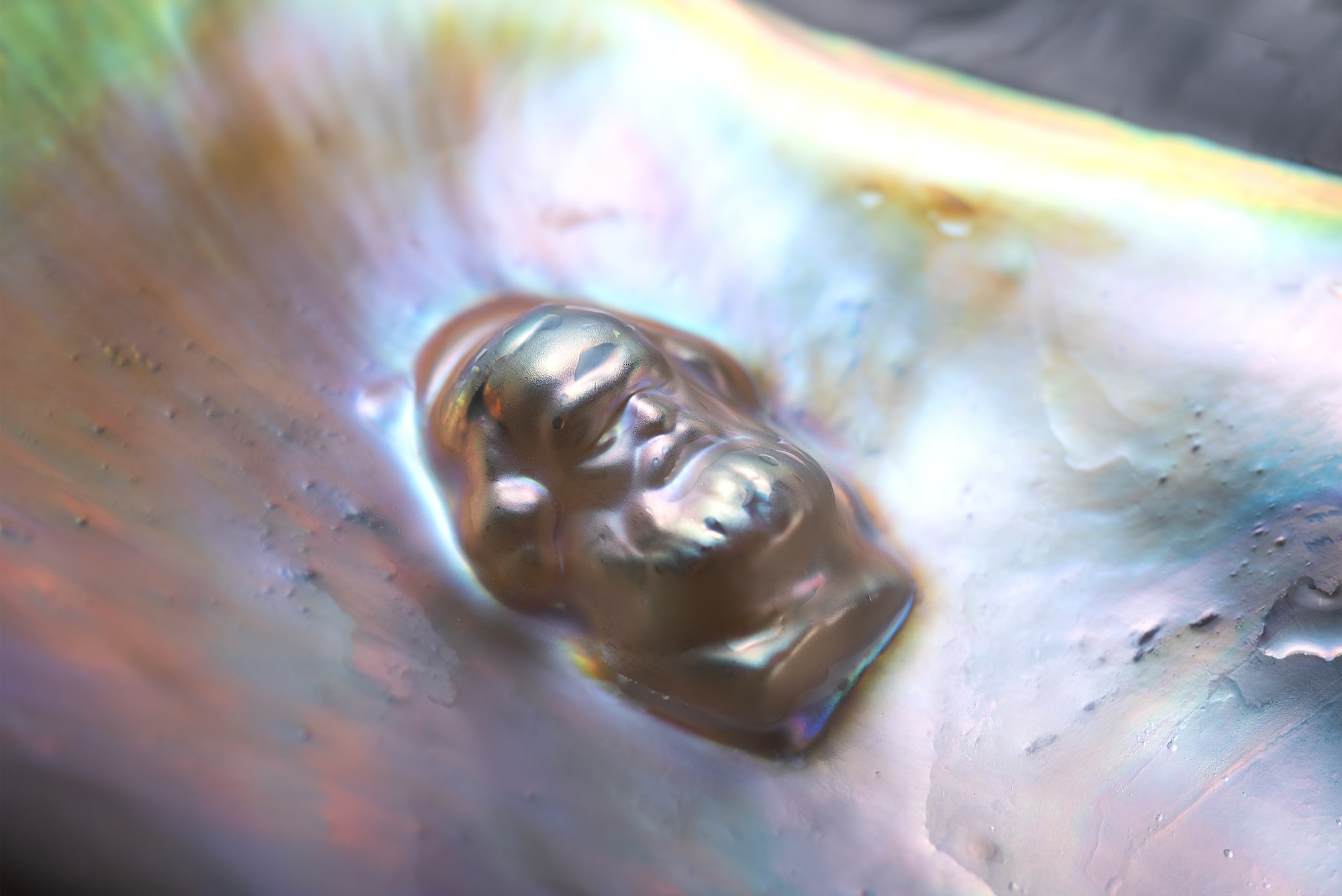
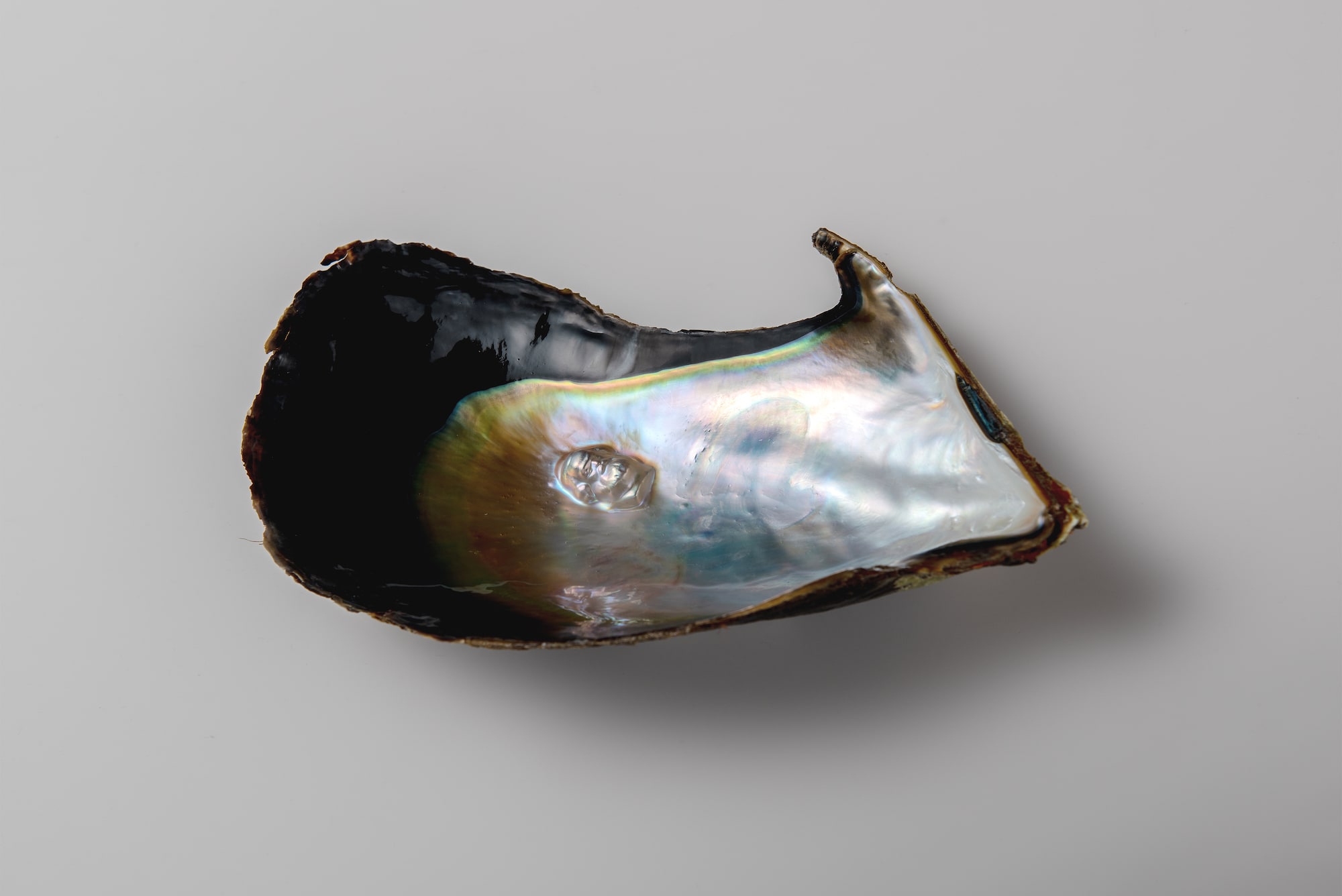
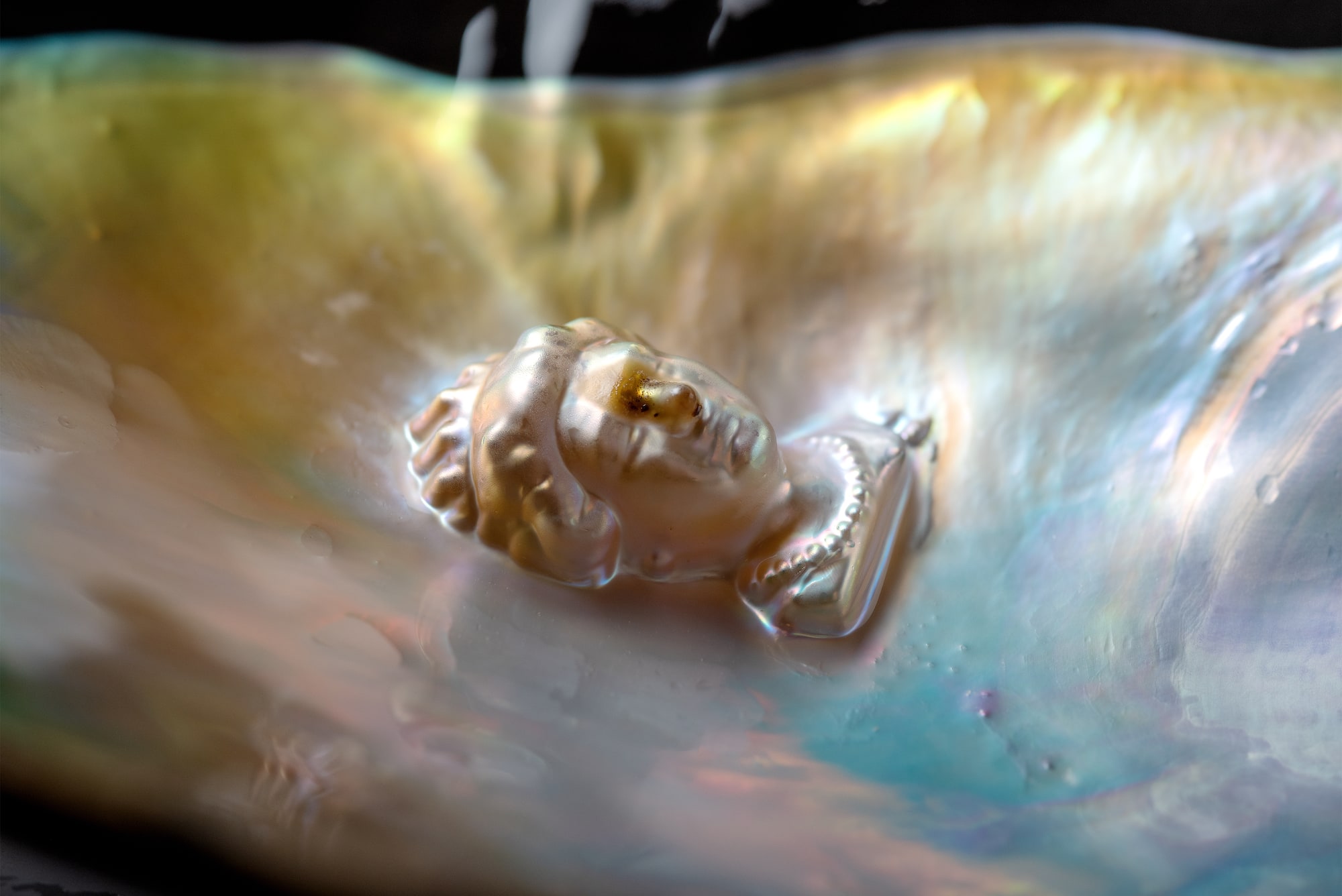
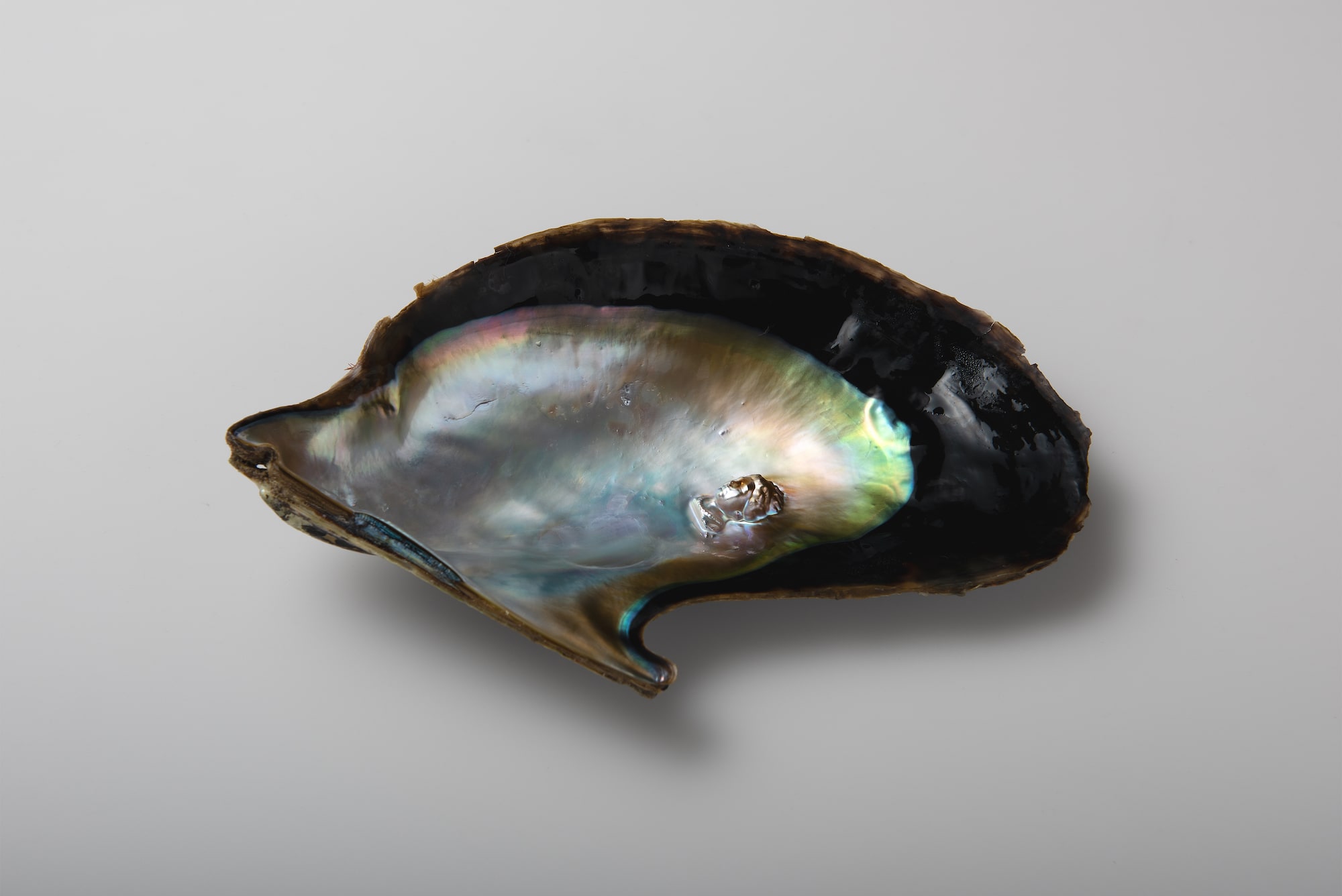
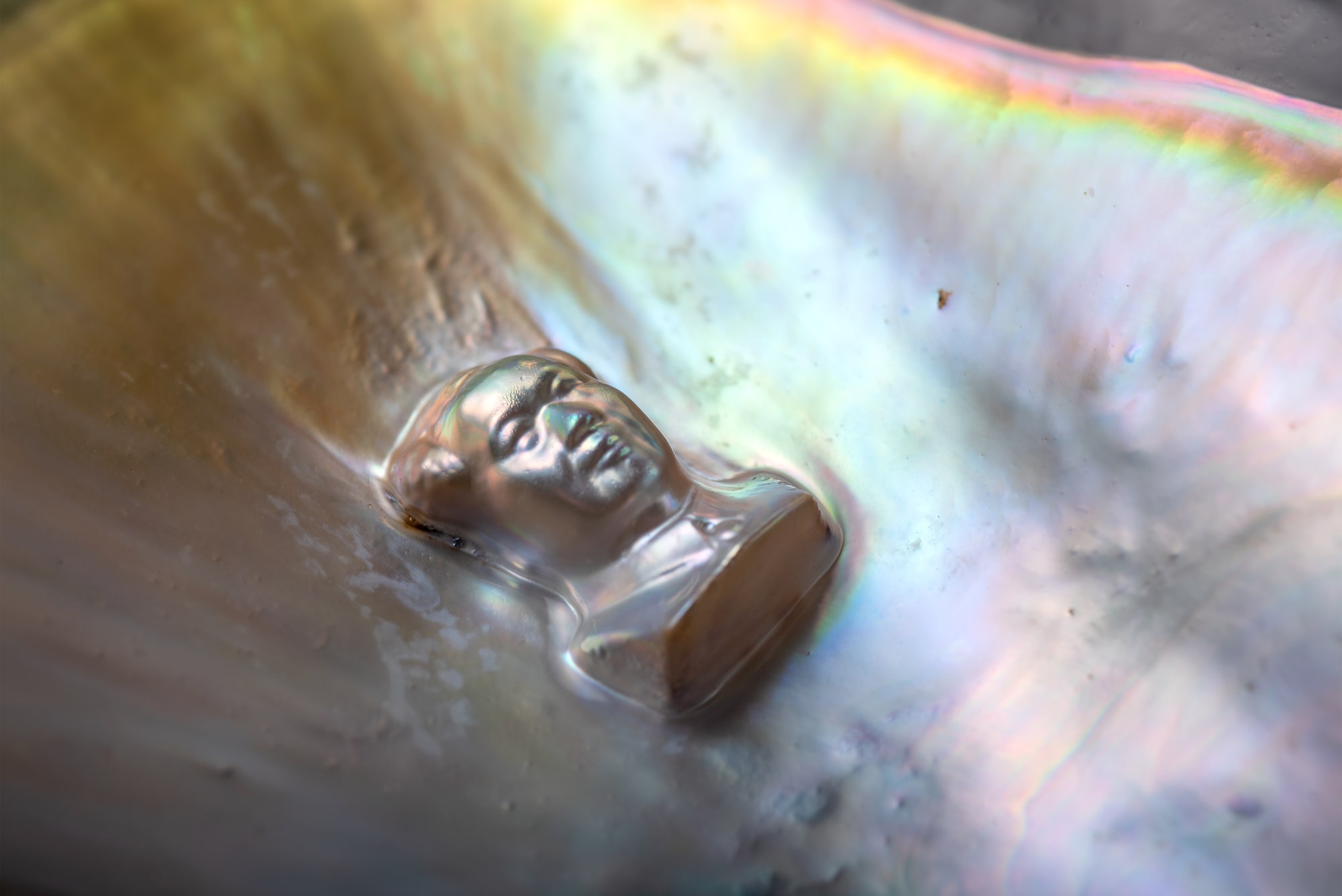
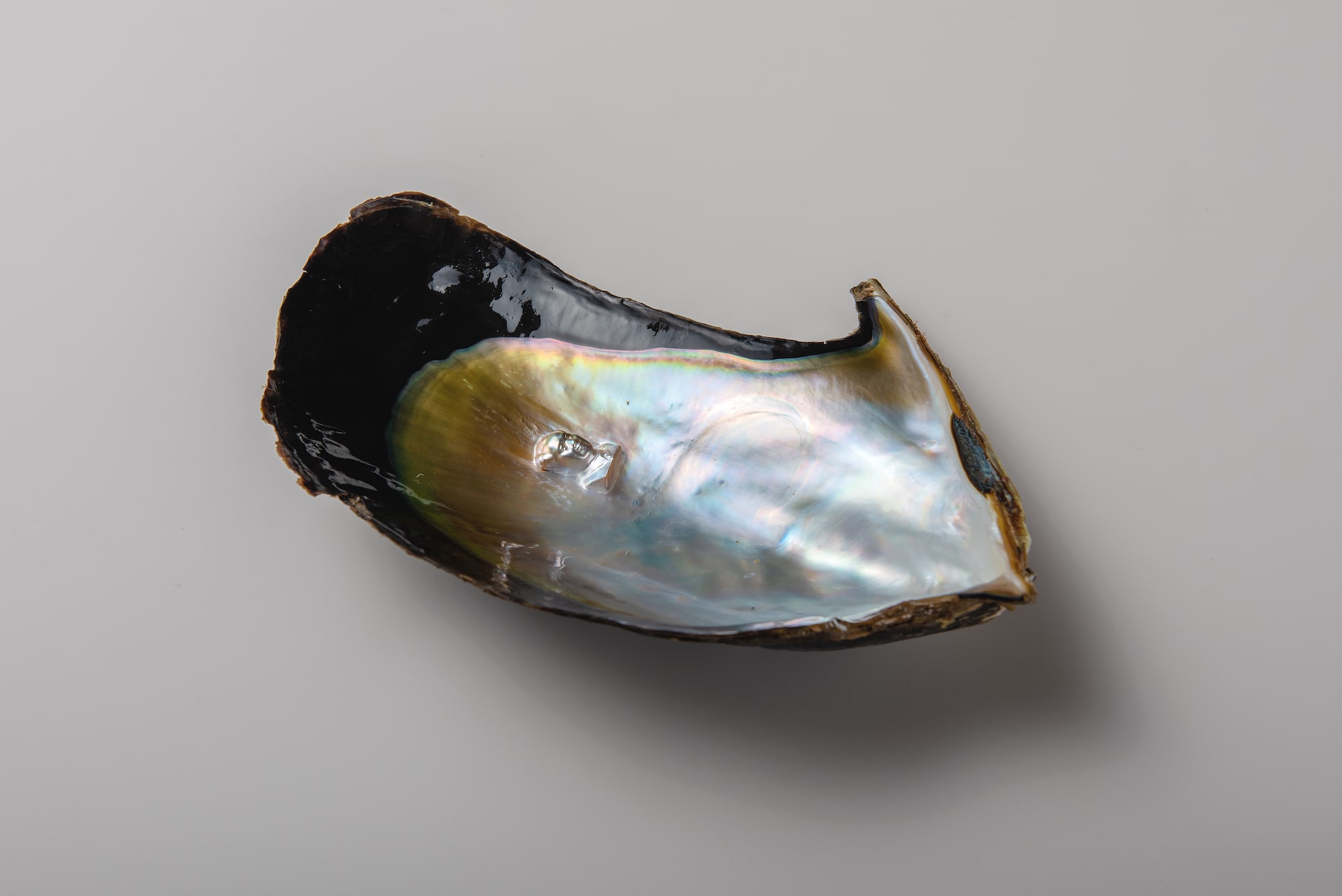
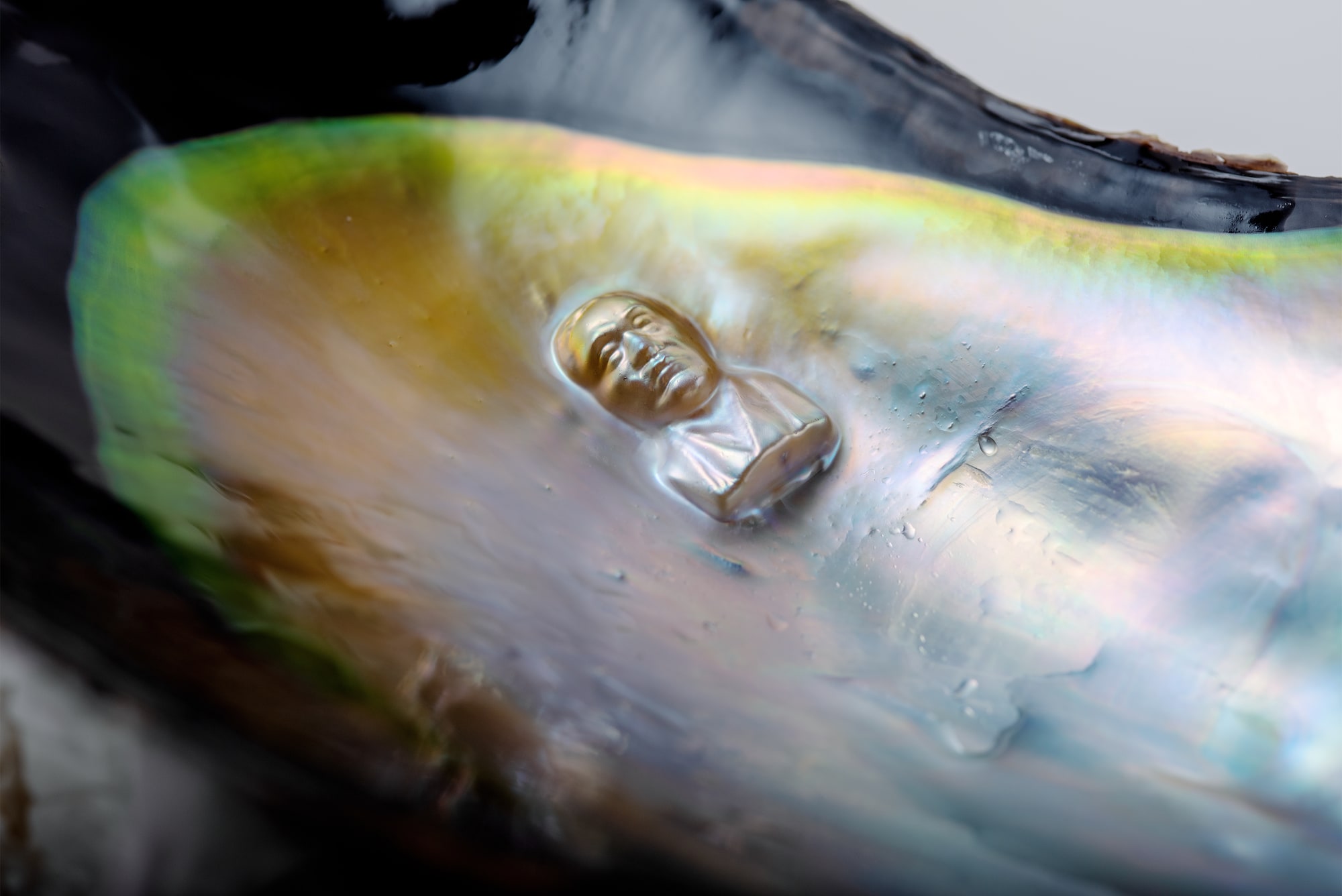
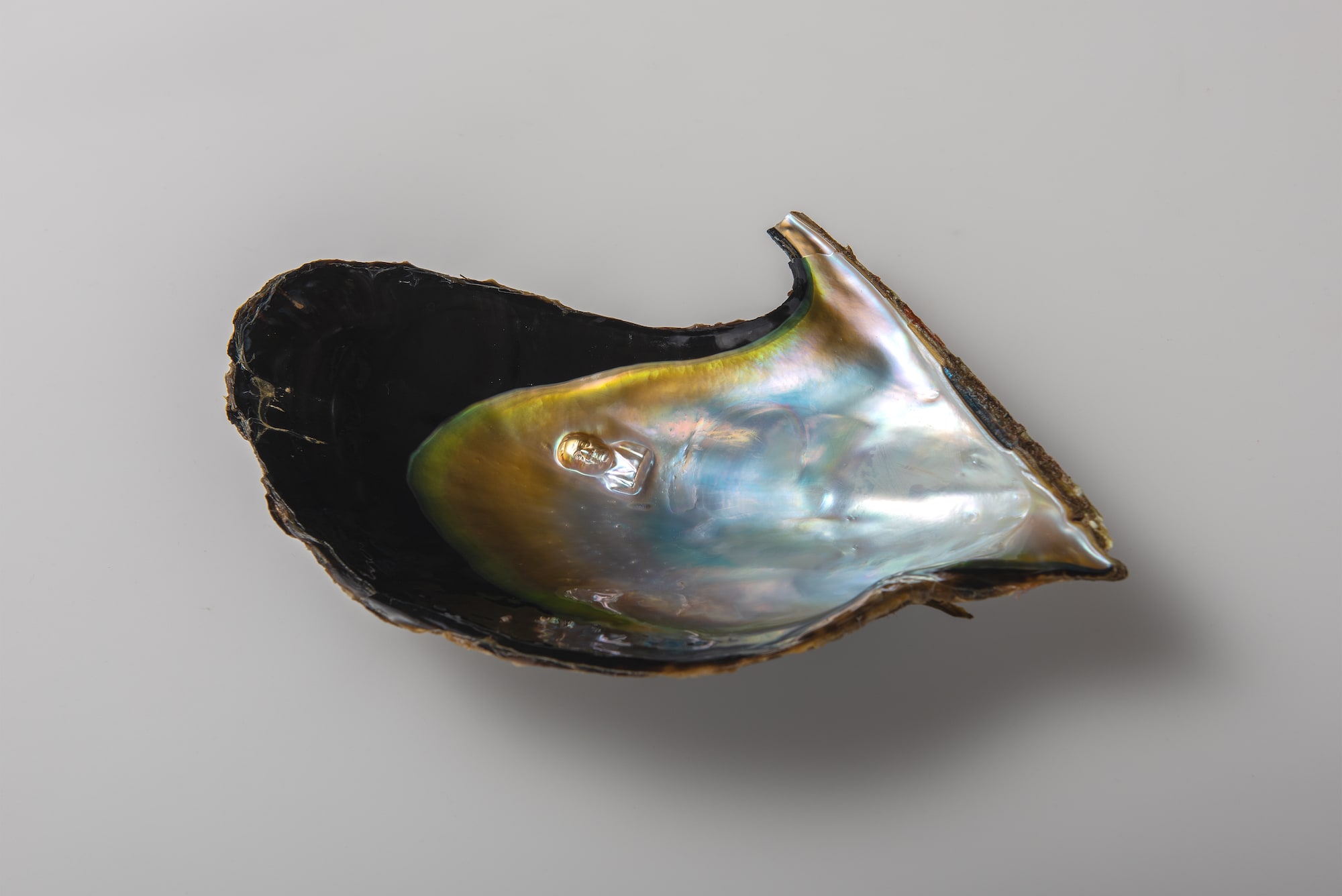


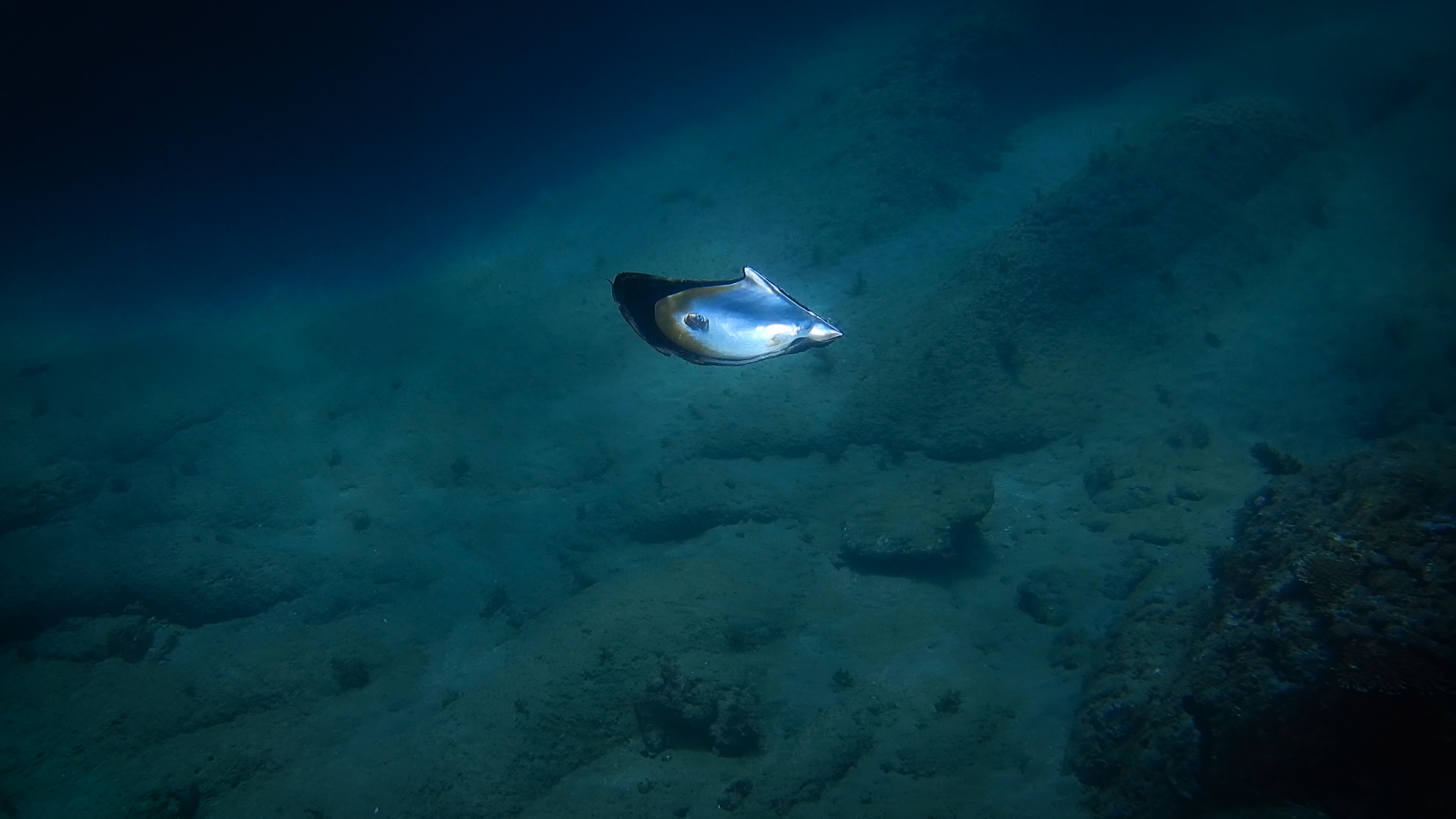 Courtecy of Seimei Tanaka, Takahiro Ishido・Yukino Kowaki・Keigo Yanagida (Hirota Site Museum), Kishin Himori・Asuka Taniyama・Hirohiro Koyamada (Space Art Tanegashima)
Courtecy of Seimei Tanaka, Takahiro Ishido・Yukino Kowaki・Keigo Yanagida (Hirota Site Museum), Kishin Himori・Asuka Taniyama・Hirohiro Koyamada (Space Art Tanegashima) Photo: Hayato Wakabayashi
Photo: Hayato Wakabayashi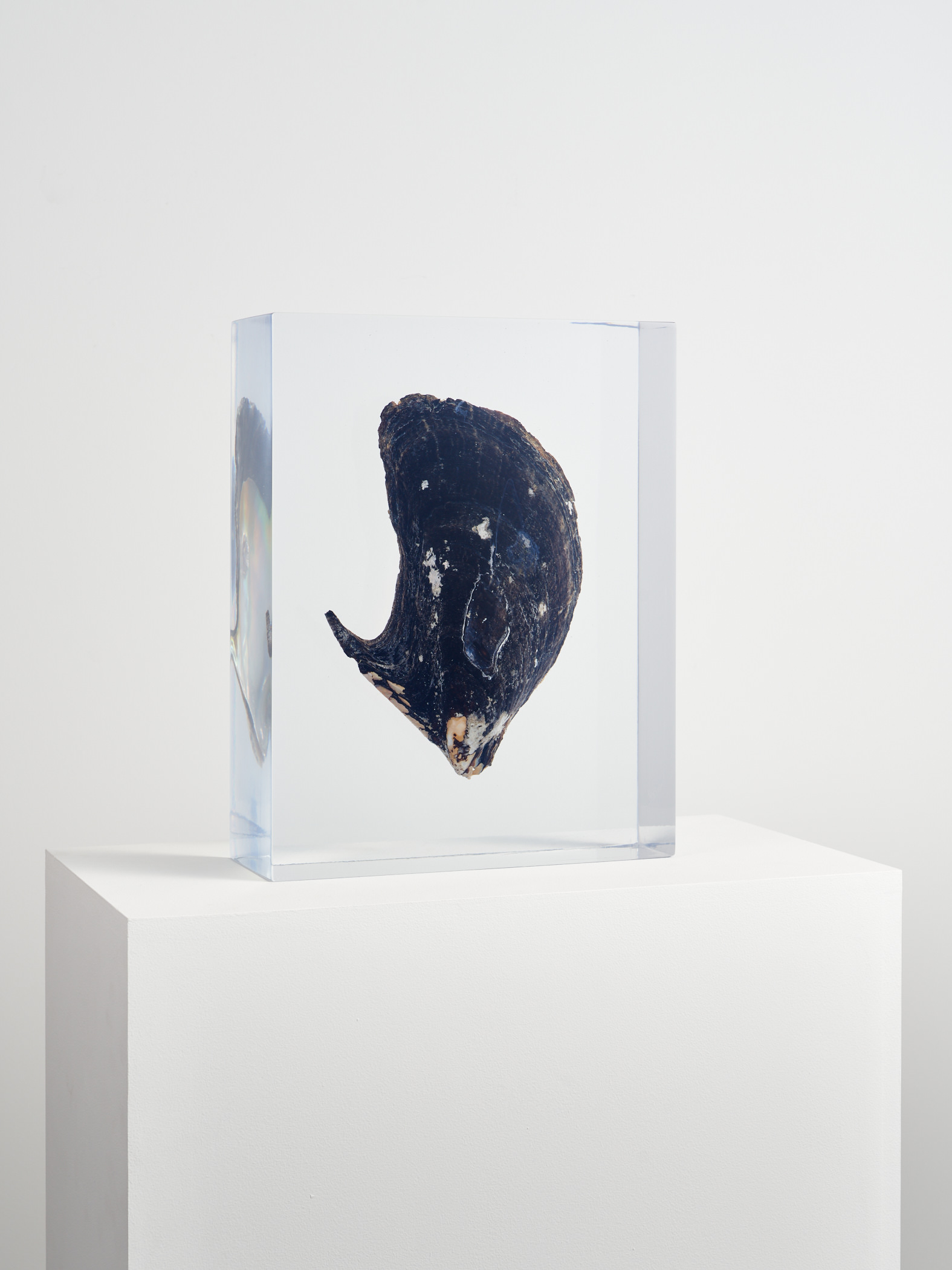 Photo: Hayato Wakabayashi
Photo: Hayato Wakabayashi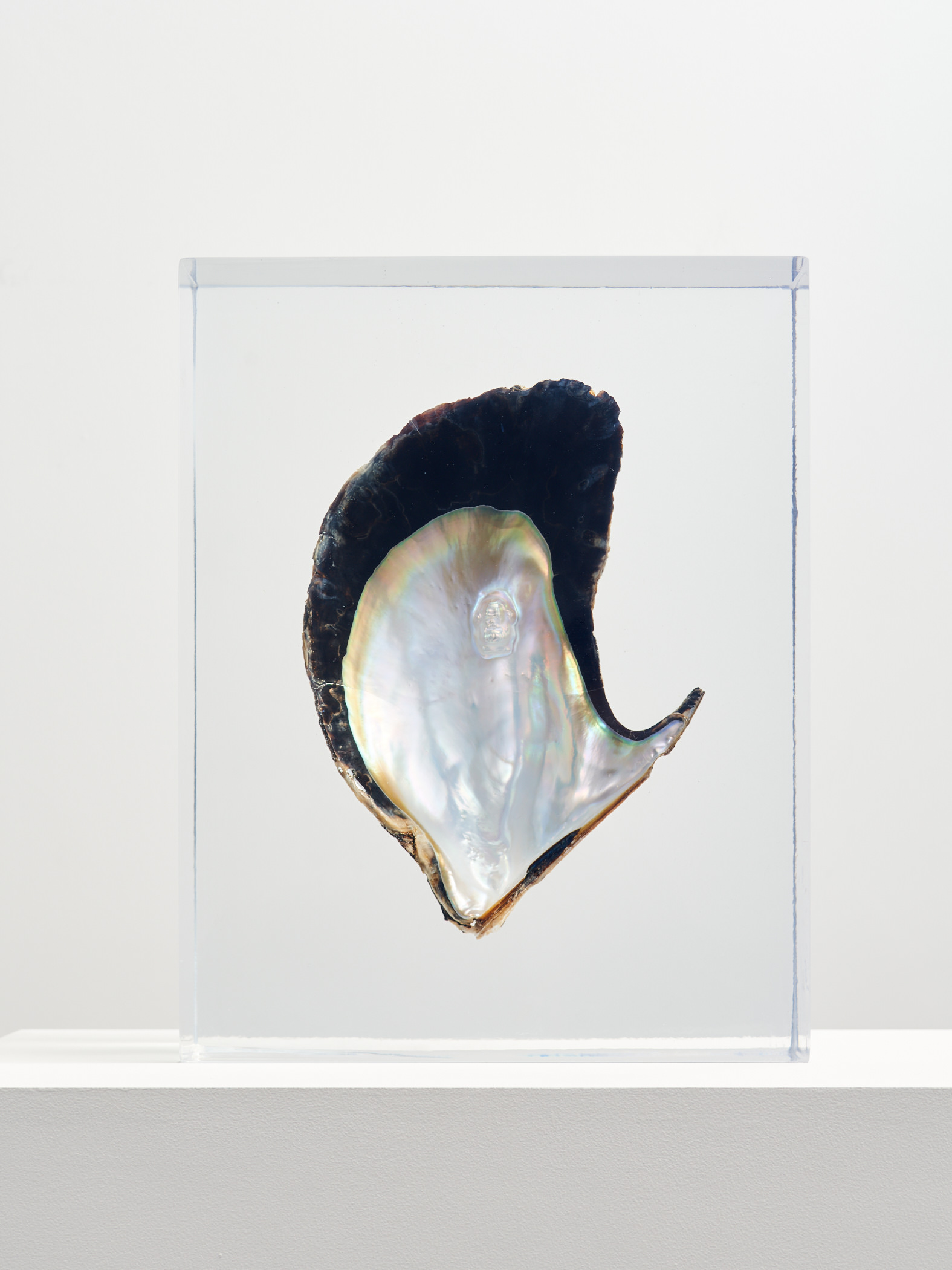 Photo: Hayato Wakabayashi
Photo: Hayato Wakabayashi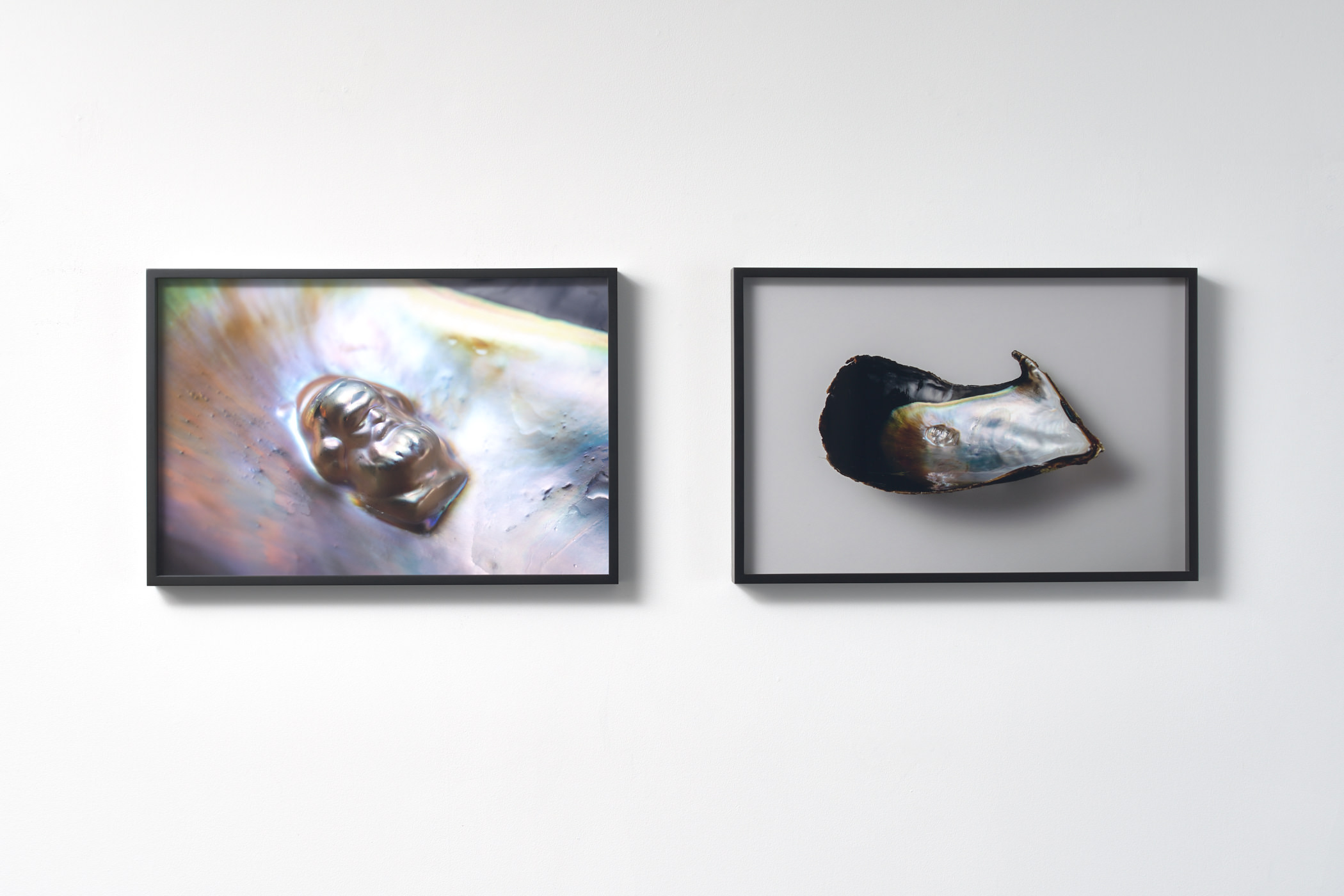 Photo: Hayato Wakabayashi
Photo: Hayato Wakabayashi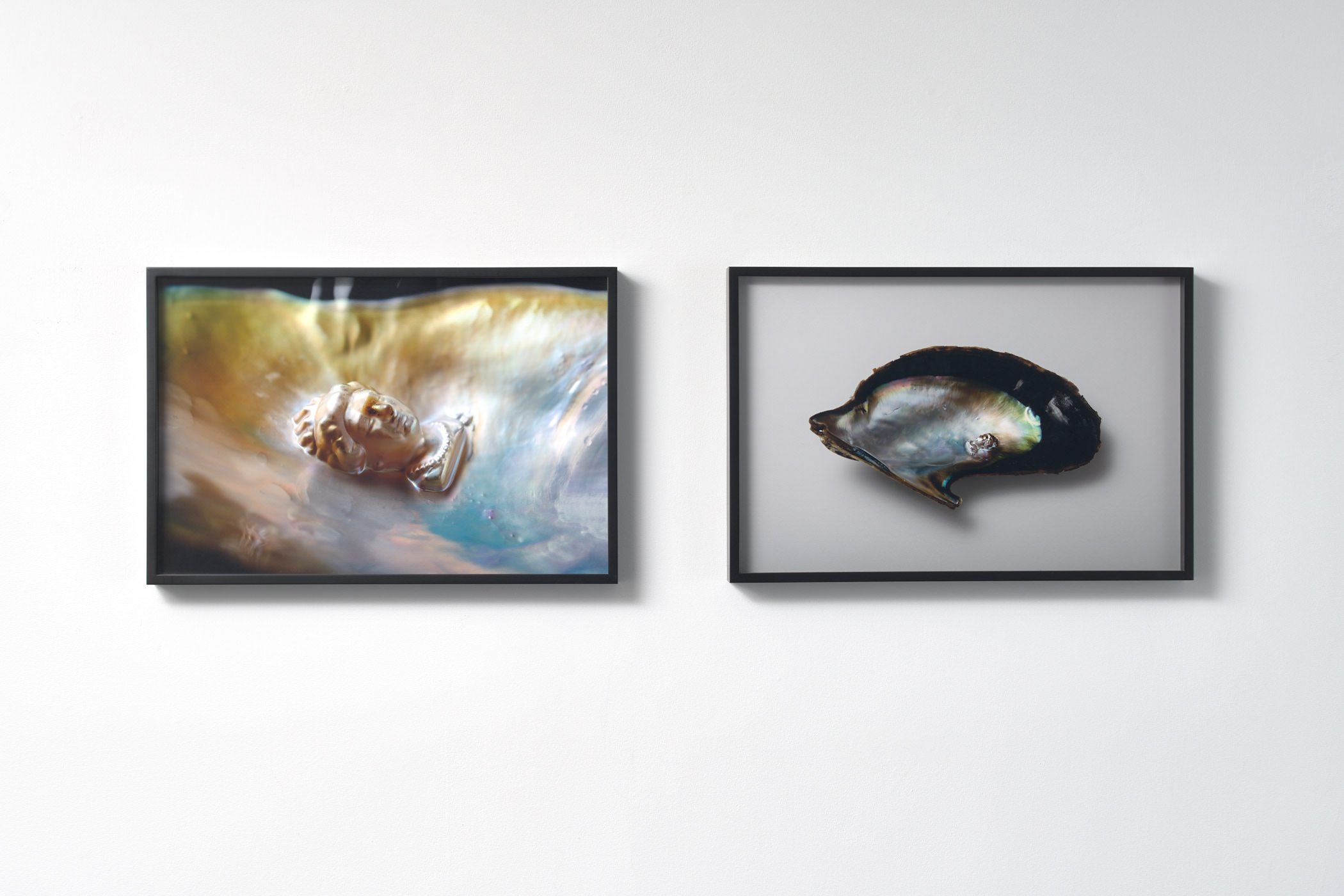 Photo: Hayato Wakabayashi
Photo: Hayato Wakabayashi Photo: Hayato Wakabayashi
Photo: Hayato Wakabayashi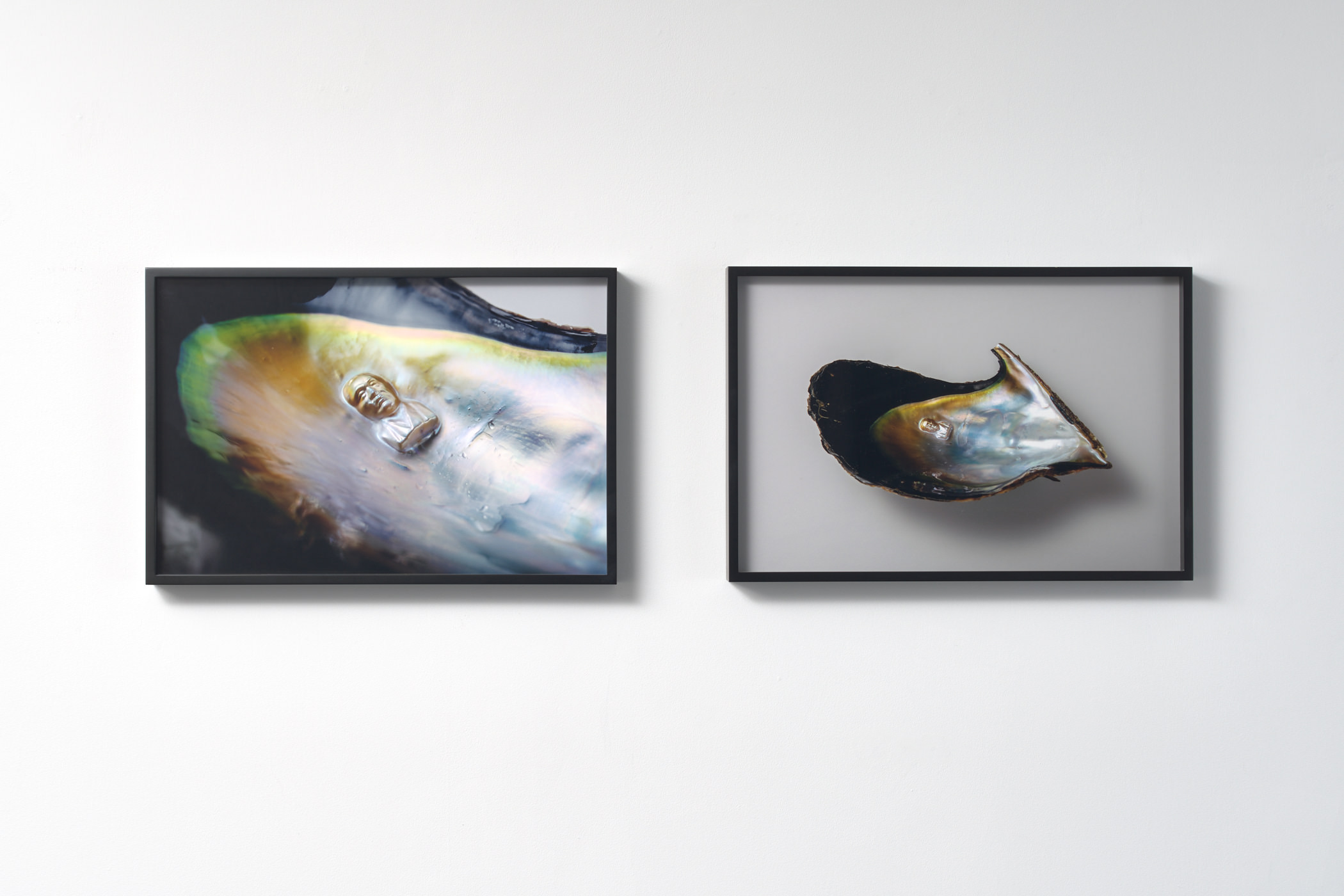 Photo: Hayato Wakabayashi
Photo: Hayato Wakabayashi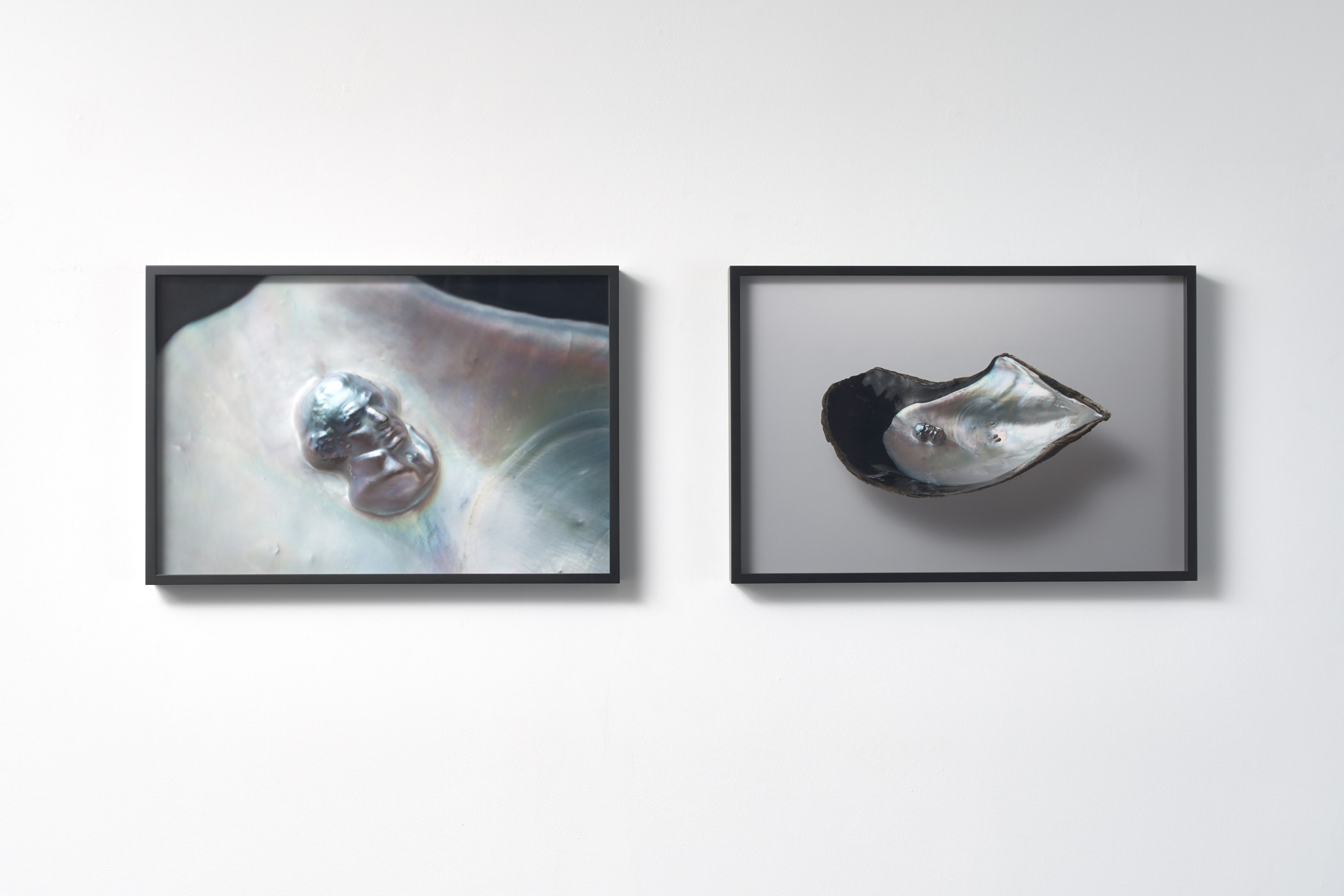 Photo: Hayato Wakabayashi
Photo: Hayato Wakabayashi


